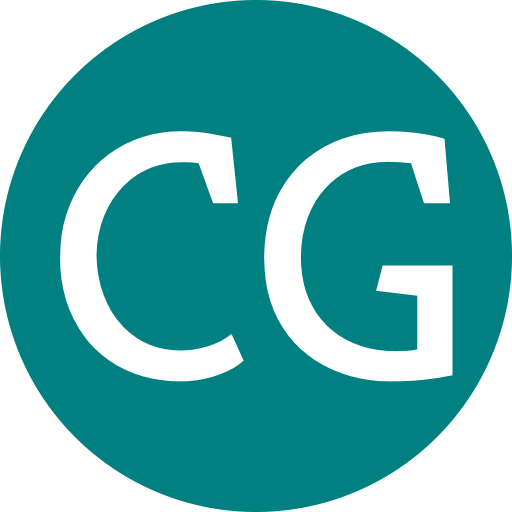Efficient delivery of aqueous sprays to hydrophobic surfaces is the key technological challenge in a wide variety of applications, including pesticide delivery to plants. To account for losses due to bouncing of pesticide sprays off hydrophobic leaf surfaces, large excess of pesticide is typically employed, resulting in environmentally hazardous run-offs that contaminate soil and ground water.
 Simulation box with adsorption wall at the bottom (z=0). The top (z= lz) is open to the bulk of the solution. Periodic boundary conditions are assumed on walls along x and y.
Simulation box with adsorption wall at the bottom (z=0). The top (z= lz) is open to the bulk of the solution. Periodic boundary conditions are assumed on walls along x and y.
We demonstrate that aqueous dispersions of glycerol monooleate nanoparticles, wet hydrophobic and superhydrophobic surfaces and adhere to them. These nano particles comprise glycerol monooleate lipid molecules self-assembled into a double diamond cubic phase, sterically stabilized using amphiphilic block copolymer. We use high speed imaging to monitor the spreading and retraction of aqueous drops impinged on model hydrophobic substrates and on superhydrophobic lotus leaves.
 Water droplet retracting and bouncing on a hydrphobic surface after impact
Water droplet retracting and bouncing on a hydrphobic surface after impact
We show that they diffuse to hydrophobic substrates and reorganize to form a thin, ≈ 2 nm adsorbed lipid layer during the millisecond time scales that characterize drop impact. This adsorbed film drastically reduces the water contact angle, transforming the hydrophobic surface to hydrophilic, thus facilitating retention of the aqueous drop on the surface. Our results have important implications for efficient, environment friendly delivery of pesticide sprays.
 Lipid nanoparticle solution droplet sticking and spreading on a hydrphobic surface after impact
Lipid nanoparticle solution droplet sticking and spreading on a hydrphobic surface after impact
Simulation: Explains the particle diffusion and adsorption on the surface. But due to its simplifying assumptions (hydrodynamic effects are neglected accounting to low concentrations; particles are modelled as spheres and hard sphere potential is used) and shortcomings, further effects (effects of charge) have to be included into the code to build a robust model. The time scale for film formation scales as phi^(-0.65) whereas the time scale from simulation scales as phi^(-1) as expected. This suggests that surface modification is governed by phenomena other than diffusion
